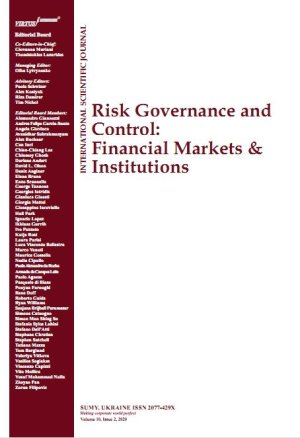
LITERATURE ON THEORY AND PRACTICE ON UNETHICAL PRACTICES IN THE CONSTRUCTION OF PROJECTS: A CASE OF AN EMERGING ECONOMY
Download This Article
This work is licensed under a Creative Commons Attribution-NonCommercial 4.0 International License.
Abstract
The construction of projects is mostly symbolised by the extraordinary levels of unethical practices and this has ruined the image of the industry. The delivery of good quality infrastructure projects in some emerging economies is continuously, disrupted because of unethical practices. This paper was, initiated to identify the most dominant unethical practices in the construction of projects, using most recent and comprehensive literature ranging from 2011 to 2017. Twenty unethical practices in the construction of projects were, identified. From this, the study observed that the most dominant unethical practices are corruption, bribery and collusive tendering. The least unethical practices revealed by this study are the lack of safety, overstatement of capacity and falsification of experience. Findings indicate that in order to redesign the future landscape of the industry, there is need to educate the workforce on the effects of unethical practices as well as the need to implement stronger policies. Based on these findings, further empirical studies are necessary. This article also presents recent challenges and trends of unethical behaviour that needs acknowledgement in order to assist the construction industry. In conclusion, this study proposes twelve possible solutions that could assist the construction community in the reduction of unethical practices.
Keywords: Construction Projects, Ethics, Unethical Conduct
Received: 29.05.2017
Accepted: 20.10.2017
How to cite this paper: Maseko, C. M. (2017). Literature on theory and practice on unethical practices in the construction of projects: A case of an emerging economy. Risk Governance and Control: Financial Markets & Institutions, 7(4-2), 214-224. https://doi.org/10.22495/rgc7i4c2art4



















